Kusakabe Kimbei’s Colourised Portraits
At the end of the 19th century, the photographer captured images of Japanese people and sold them to tourists visiting the country.
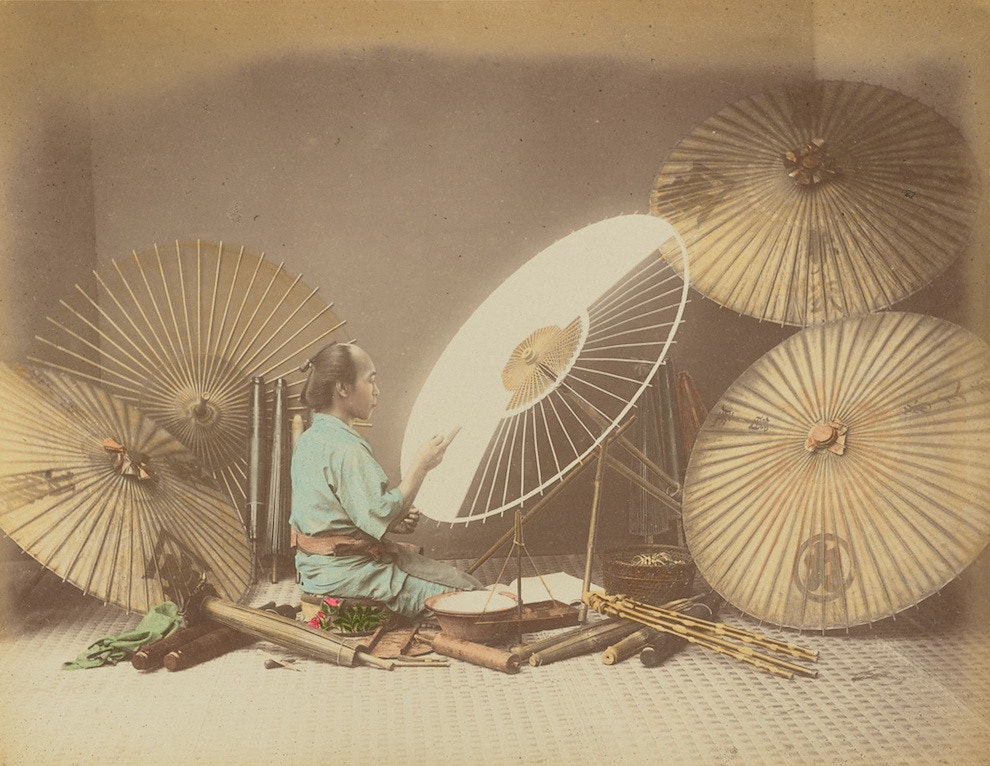
© Kusakabe Kimbei - Public domain
At the end of the 19th century, Kusakabe Kimbei immortalised a large number of portraits of Japanese people. He colourised the photographs by hand, and then sold them as souvenirs to tourists visiting the country.
These images primarily feature workers: firemen, travelling salespeople, and artisans. But they also feature scenes from everyday life, like one photograph where the viewer can admire women bathing in a furo made of wood. Kusakabe Kimbei also printed portraits in the studio, where he organised sessions displaying a very picturesque vision of Japanese culture featuring, for example, women dressed in kimono, holding paper umbrellas.
An apprenticeship alongside his European peers
Trained by Baron Raimund von Stillfried and Felice Beato, two famous European photographers for whom he worked as a colourist and assistant, Kusakabe Kimbei seized his independence in 1881, opening his first photography studio in Yokohama. Having gained an excellent reputation that made him one of the most notable photographers of the late 19th century, he went on to open a second location in the city, before settling in the capital’s Ginza district.
Kusakabe Kimbei went on to capture photographs of Japan until he was 72. He also produced a series of portraits of yakuza, and another dedicated to samurai.
The majority of Kusakabe Kimbei’s works are catalogued online on the Getty Center website.
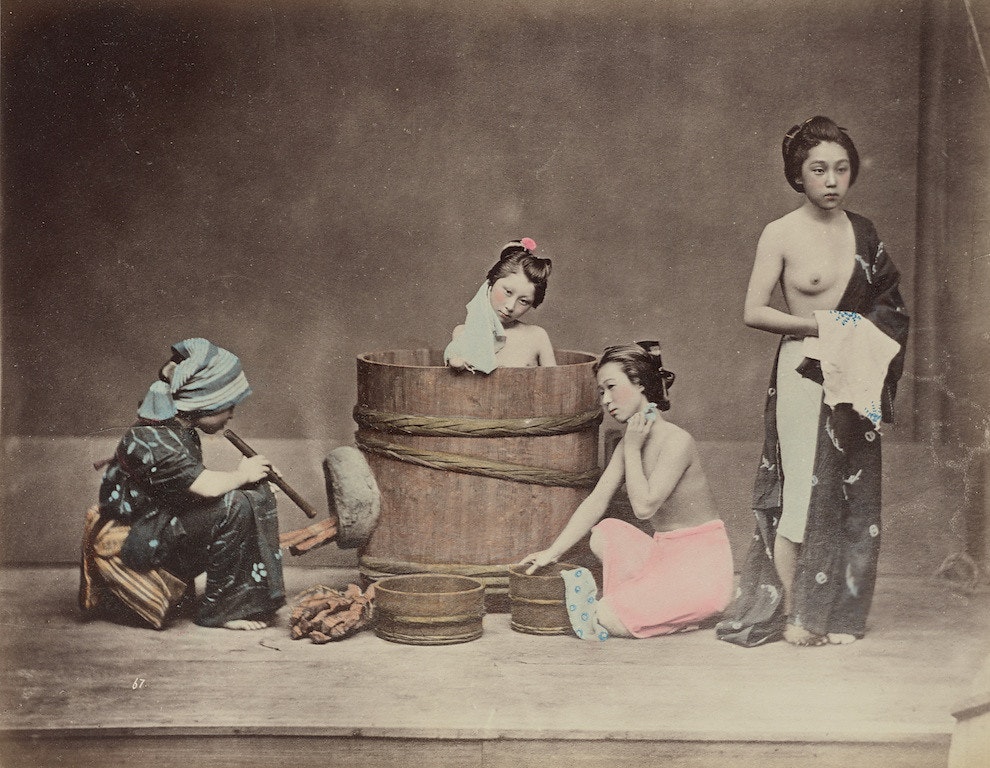
© Kusakabe Kimbei - Public domain
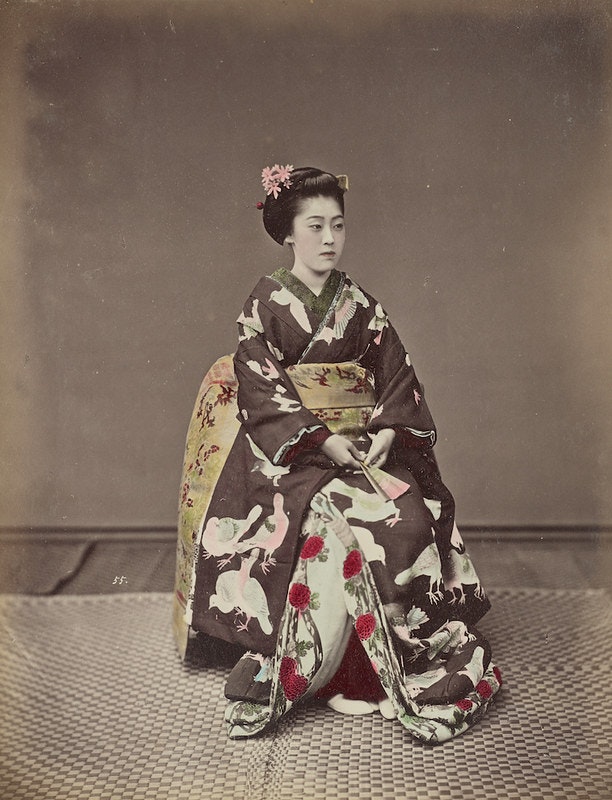
© Kusakabe Kimbei - Public domain
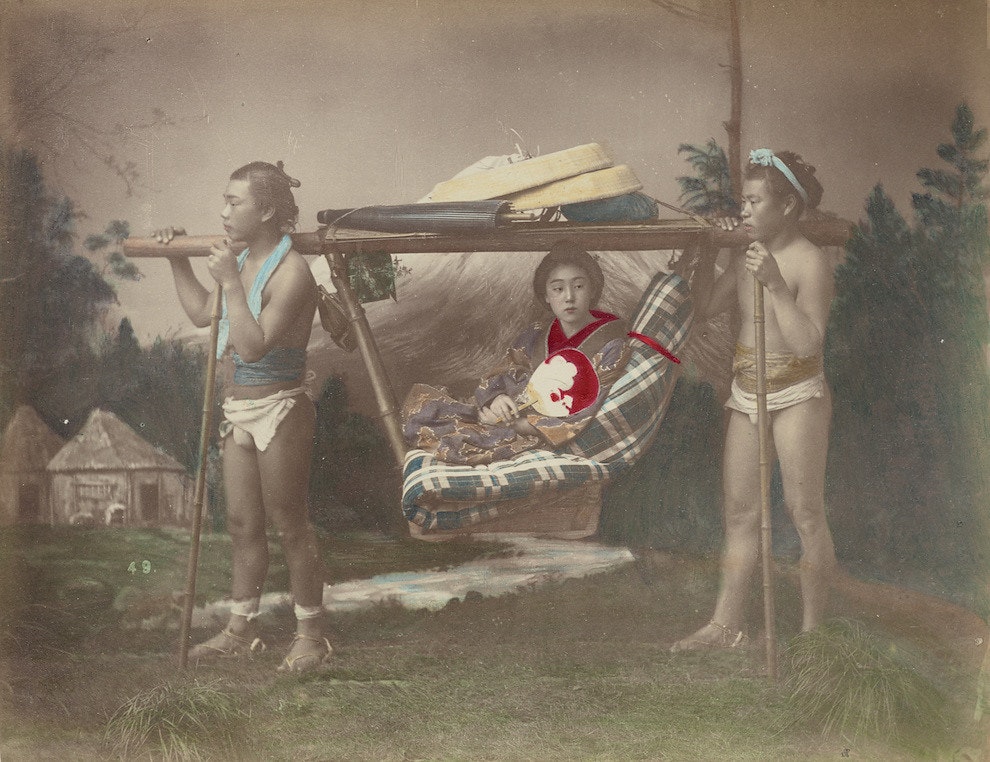
© Kusakabe Kimbei - Public domain
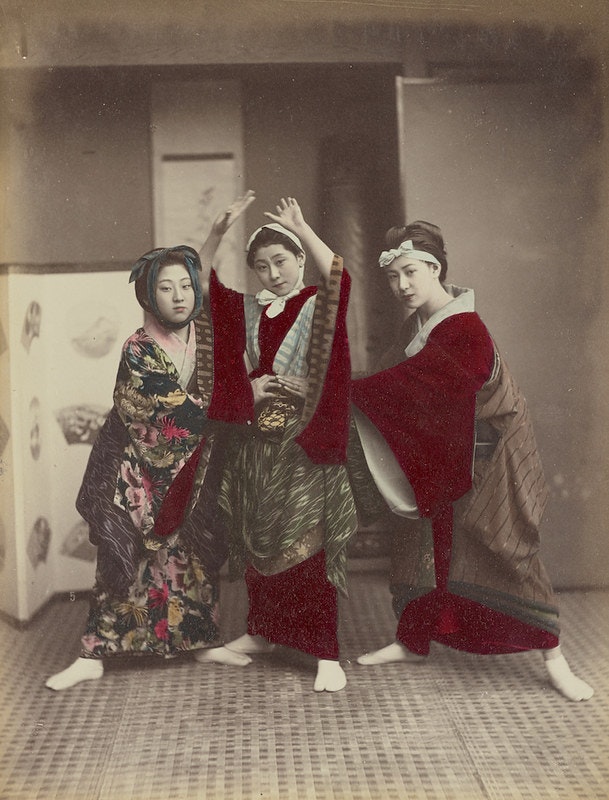
© Kusakabe Kimbei - Public domain
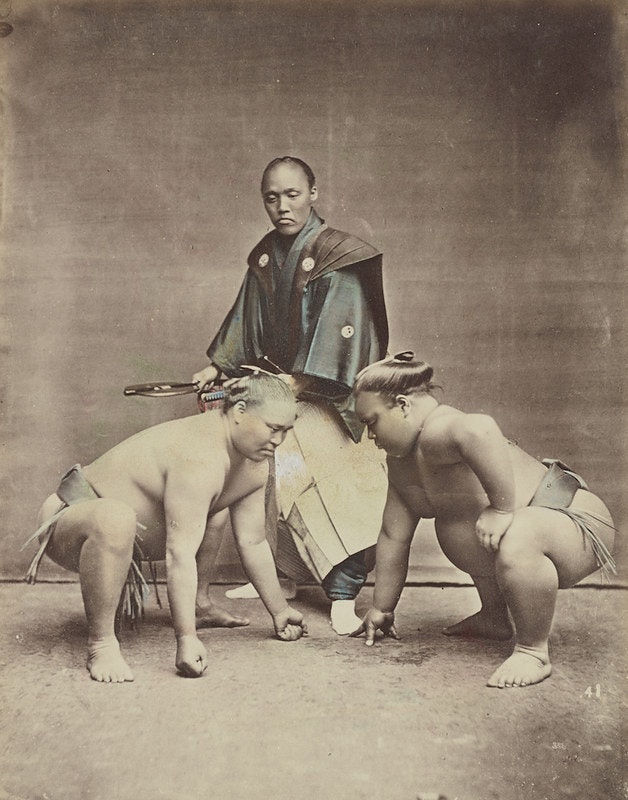
© Kusakabe Kimbei - Public domain
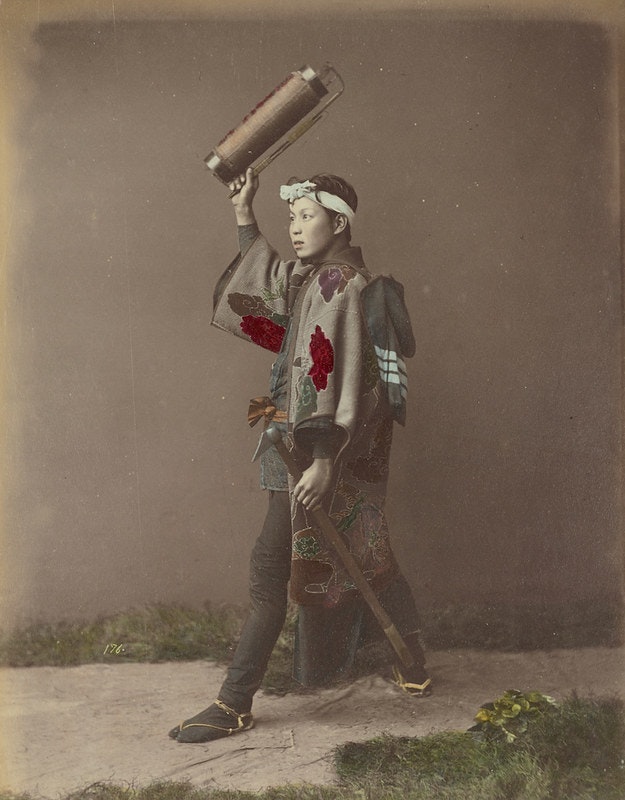
© Kusakabe Kimbei - Public domain
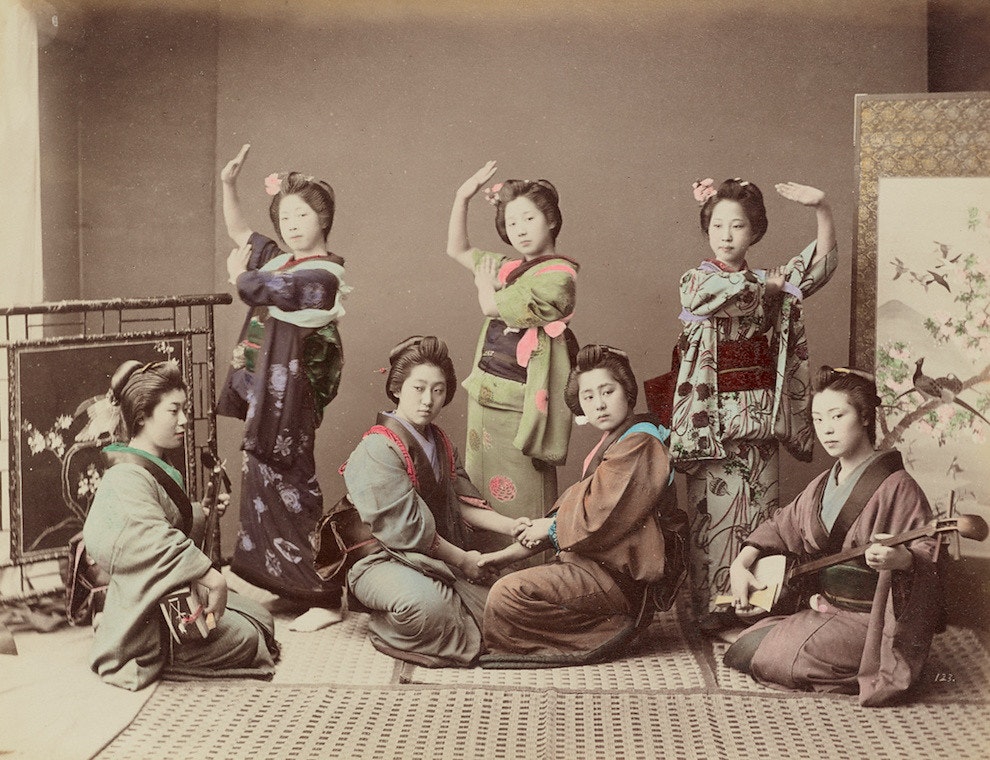
© Kusakabe Kimbei - Public domain
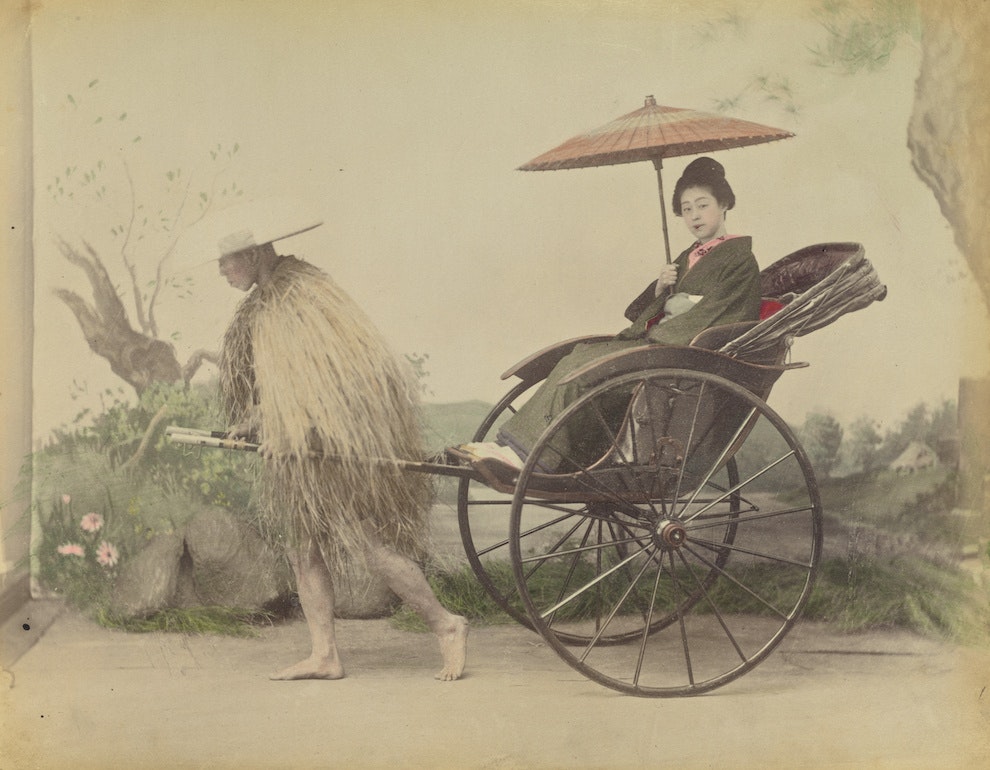
© Kusakabe Kimbei - Public domain
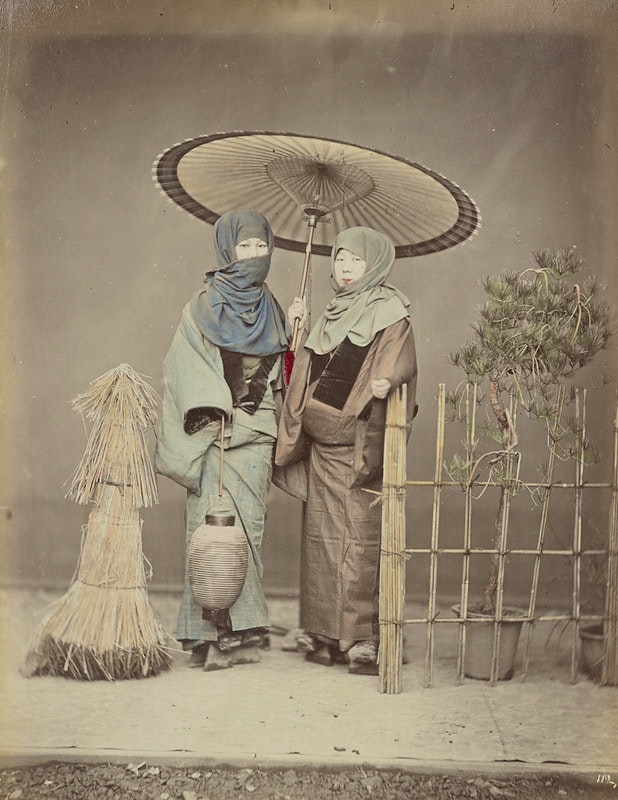
© Kusakabe Kimbei - Public domain

© Kusakabe Kimbei - Public domain
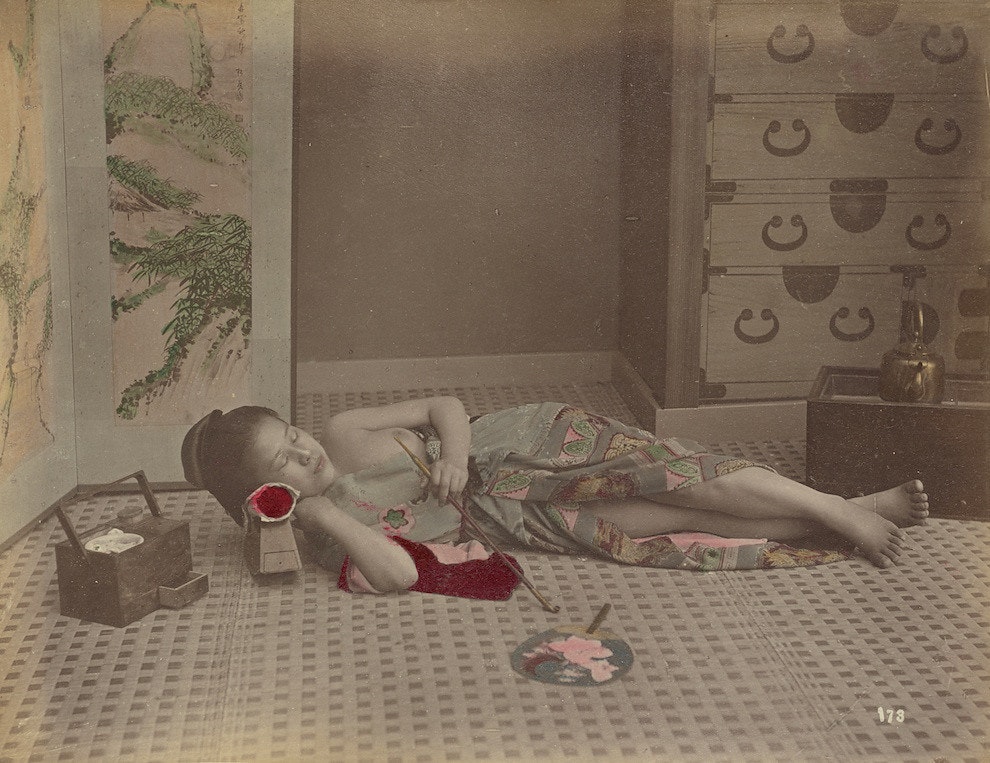
© Kusakabe Kimbei - Public domain
TRENDING
-
A House from the Taisho Era Reveals Its Secrets
While visiting an abandoned building, Hamish Campbell discovered photographs the owner had taken of the place in the 1920s.

-
The Taboo-Breaking Erotica of Toshio Saeki
The master of the 1970s Japanese avant-garde reimagined his most iconic artworks for a limited box set with silkscreen artist Fumie Taniyama.

-
With Meisa Fujishiro, Tokyo's Nudes Stand Tall
In the series 'Sketches of Tokyo', the photographer revisits the genre by bringing it face to face with the capital's architecture.

-
Masahisa Fukase's Family Portraits
In his series ‘Family’, the photographer compiles surprising photos in which he questions death, the inescapable.

-
Hajime Sorayama's Futuristic Eroticism
The illustrator is the pioneer for a form of hyperrealism that combines sensuality and technology and depicts sexualised robots.





